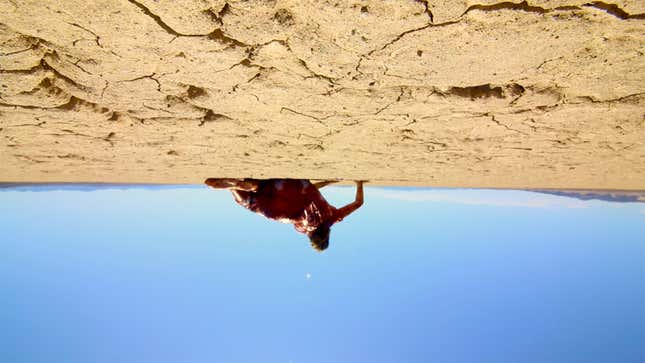‘The Outwaters’ Takes Found-Footage Terror to the Desert
In the wake of Skinamarink comes another mind-twisting, narrative-pulverizing vision of horror.
EntertainmentMovies

Spoilers ahead
“It’s weird out here,” says Ange (Angela Basolis) just before The Outwaters goes off the rails. At that point in the horror flick, she and her small group that are camping out in the Mojave desert have encountered a plague of bees, a group of staring donkeys, and some kind of disruption in the middle of the night—maybe thunder, maybe gunshots? Whatever it was, it was accompanied by sounds of screeching wildlife.
-

-

-

-

-

-

-

-

-

-

-

-

-

-

-

-

-

-

-

-

-

-

-

-

-

-

-

-

-

-

-

-

-

-

-

-

-

-

-

-








































